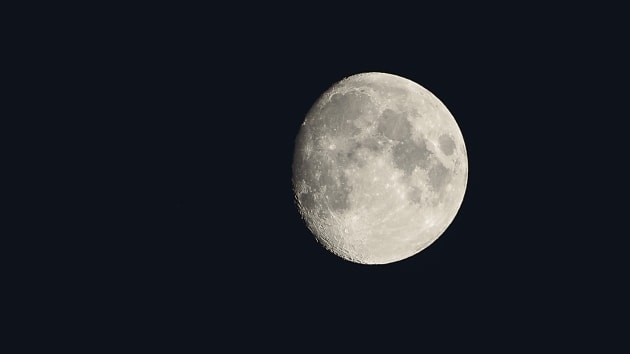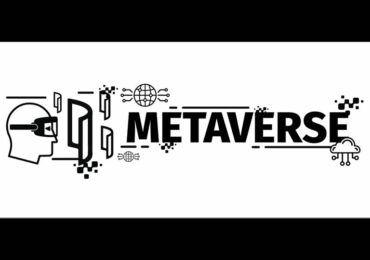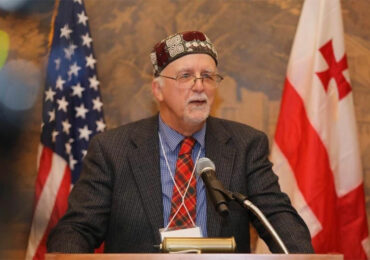Just as 5G arrives on planet Earth, its predecessor is heading to the moon.
NASA has selected Nokia to build the first-ever 4G mobile network on Earth’s natural satellite, the Finnish telecommunications firm announced Monday.
The company’s U.S. industrial research arm, Bell Labs, is offering up its equipment to NASA to help build out the lunar network, with the aim of launching it in late 2022.
“The solution has been specially designed to withstand the harsh conditions of the launch and lunar landing, and to operate in the extreme conditions of space,” Nokia said in a press release.
Under its Artemis program, NASA plans to send astronauts to the moon by 2024 — for the first time in five decades — followed by a “sustainable” human presence by 2028.
The U.S. space agency has chosen Elon Musk’s SpaceX, Jeff Bezos’ Blue Origin and Dynetics, a lesser-known company, to develop the human landers that will land astronauts on the moon.
Nokia said its 4G network will allow astronauts to carry out a number of activities including making voice and video calls, sending important data and deploying payloads. It plans to eventually launch 5G on the moon as well.
NASA said in a blog post that it granted Nokia $14.1 million for the project, one of the agency’s various so-called “tipping point” investments focused on lunar exploration.
“The system could support lunar surface communications at greater distances, increased speeds, and provide more reliability than current standards,” NASA said of the proposed cellular network.
The deal is a win for Nokia, which has been competing with China’s Huawei and Sweden’s Ericsson for lucrative 5G contracts.
It also comes as major cell phone carriers try to convince people to switch to 5G, which promises much faster download speeds and lower latency. Apple recently revealed the iPhone 12, its first phone range to support 5G.
"Forbes Georgia-ის სარედაქციო ბლოგპოსტების სერია "როგორ გამდიდრდა“ და "საქართველო რეიტინგებში".















